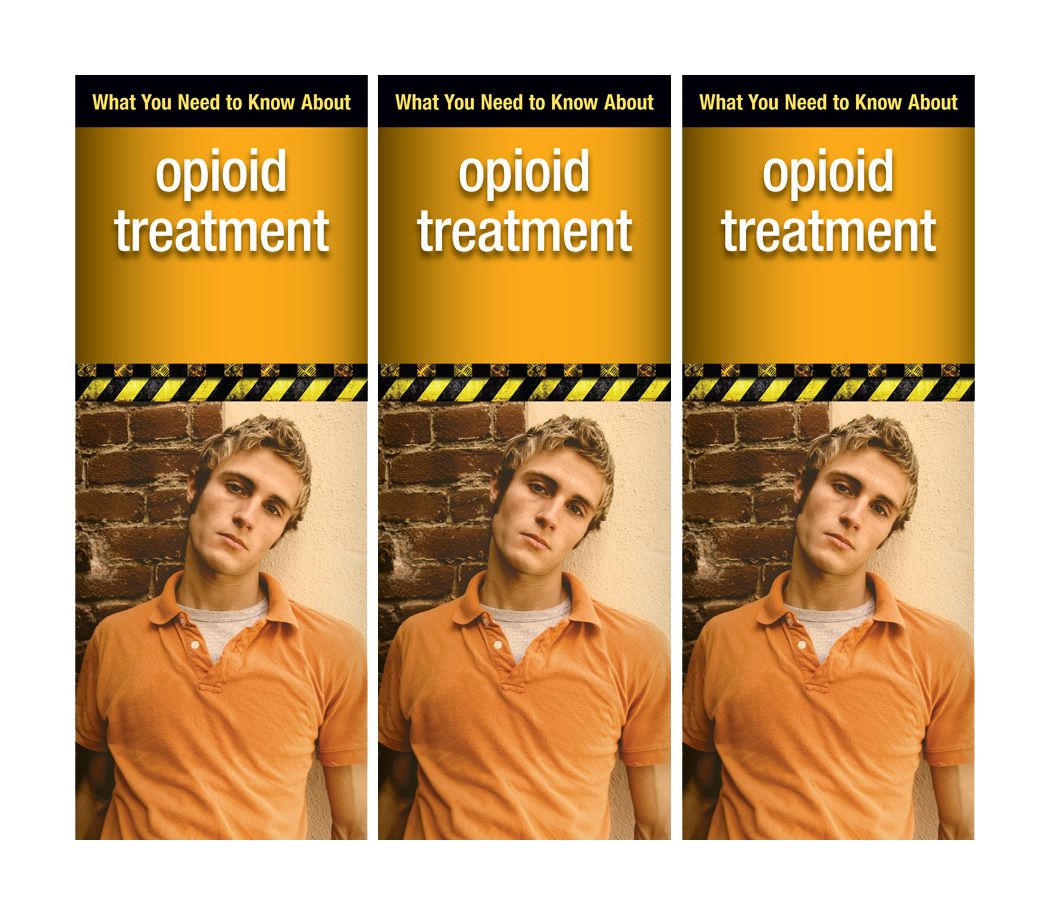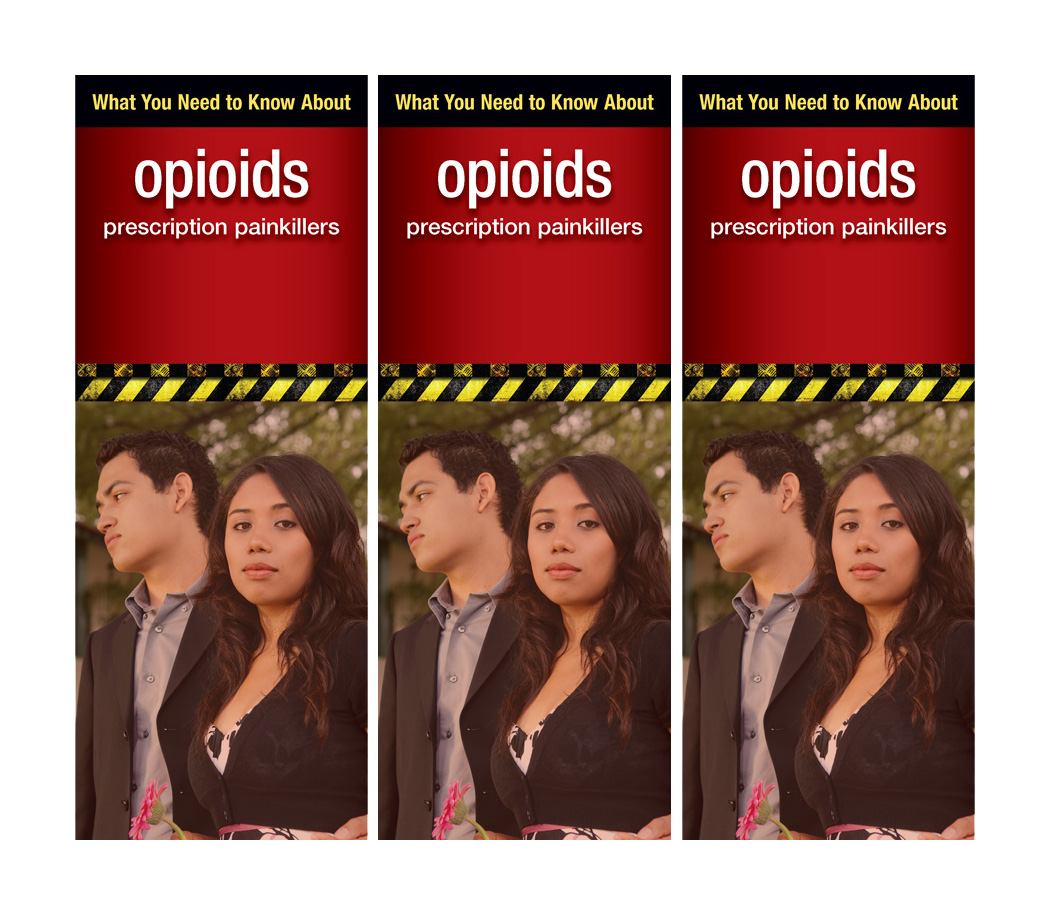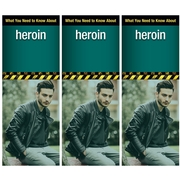Patient Education for the Opioid Epidemic
By Marcia Quackenbush, MS, MFT, MCHES | October 25, 2016
Senior Editor, ETR
The tragedy of opioid addiction is not new. When I was a teen, my sisters and I lost two friends to heroin overdoses.
And I still remember the time one of my closest friends told me about the night she tried some drugs with her boyfriend, a heroin addict, and almost died. When she stopped breathing, he didn’t want to call for help because he was afraid he’d be arrested.
No, opioids and heroin are not new. But today’s epidemic is different, and it’s become much worse.
Stunning Numbers
In 2014, more people died from drug overdoses than in any previous year. Most of those deaths were opioid-related. They reflect an increase in both heroin-involved deaths and deaths related to synthetics, such as fentanyl.
Prescription painkillers are the source of much of today’s opioid epidemic. On an average day, more than 650,000 opioid prescriptions are dispensed in the U.S. People who begin misusing prescription painkillers often move on to heroin use because heroin is cheaper and easier to get. In fact, 80% of new heroin users start with prescription meds.
A new synthetic, Carfentanil, has recently emerged and is being mixed with heroin in some areas of the U.S. Used as a large mammal tranquilizer, it is 10,000 times more potent than morphine. It poses extreme risk to both users and first responders, who can be exposed through skin contact or inhalation. The city of Cincinnati recently experienced 174 overdoses over a period of six days.
What to Tell Patients and Clients
Solutions to this epidemic will require evidence-based public health interventions, policy shifts, provider education and adjustments in the legal system. These will take considerable commitment and strength of will. Realistically, they will also take time.
 Meanwhile, providers and health educators of all types are left with the immediate imperative to inform patients and clients of the risks and guide people towards treatment when appropriate. One of the reasons I like ETR’s new and updated pamphlet titles on opioids, heroin and opioid treatment is that they help accomplish these ends with straightforward information that is suitably serious without being sensationalized. Each offers accurate information and practical suggestions for making healthy, positive choices.
Meanwhile, providers and health educators of all types are left with the immediate imperative to inform patients and clients of the risks and guide people towards treatment when appropriate. One of the reasons I like ETR’s new and updated pamphlet titles on opioids, heroin and opioid treatment is that they help accomplish these ends with straightforward information that is suitably serious without being sensationalized. Each offers accurate information and practical suggestions for making healthy, positive choices.
If you’re working in any sort of health education role, I hope you’ll take a look at these pamphlets. They may help you organize your comments, and I believe clients will find the information interesting and relevant.
Marcia Quackenbush, MS, MFT, MCHES, is Senior Editor at ETR. She can be reached at quam@etr.org.





